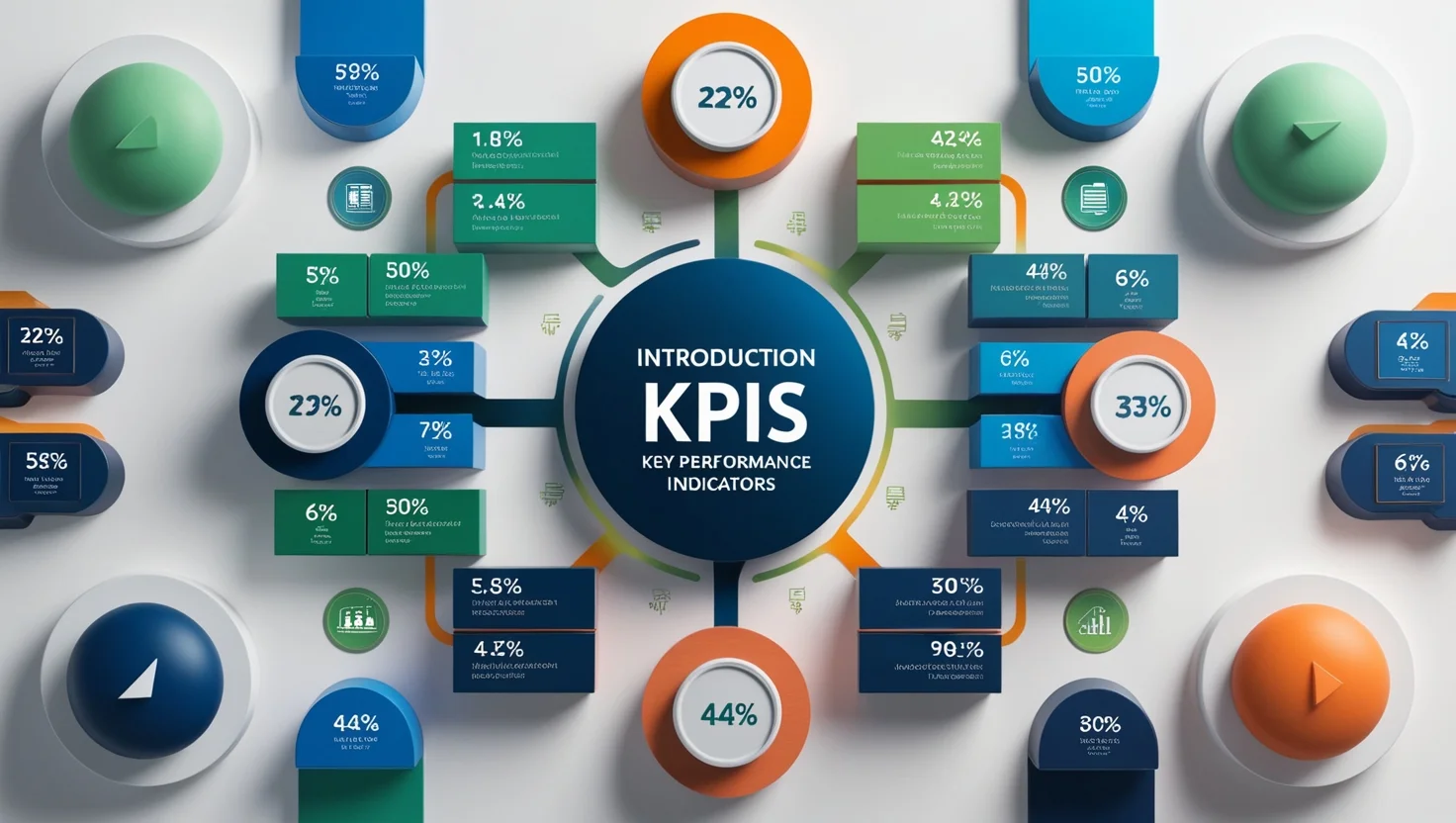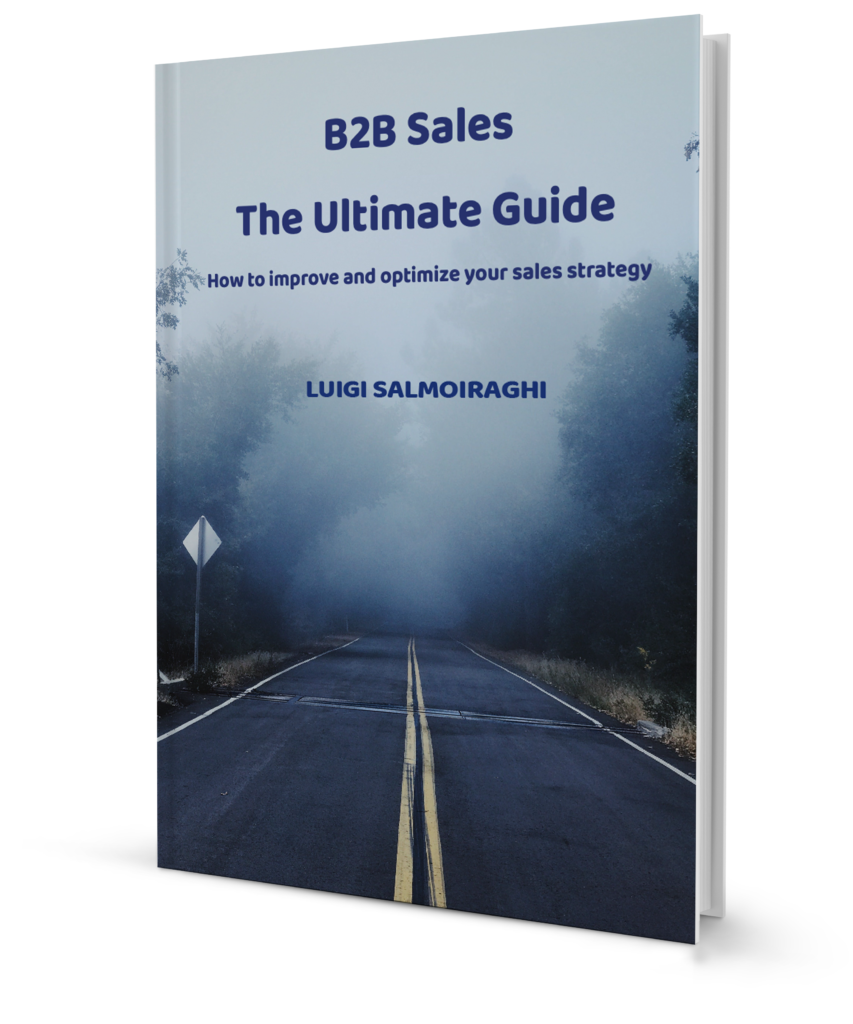

In today’s data-driven world, businesses must track their performance to make informed decisions and achieve their goals. Key Performance Indicators (KPIs) guide your business towards success, providing valuable insights into what’s working and what needs improvement. This ebook will delve into the most crucial KPIs across various business functions, empowering you to understand, track, and optimise your performance for sustainable growth.
To steer your business in the right direction, you need a clear view of its health. These KPIs provide a high-level overview of your performance:
This metric tracks the rate at which your revenue increases over time, indicating your business’s overall trajectory. Is your business expanding, stagnating, or declining? Revenue growth provides the answer.
Calculated as (Revenue – Cost of Goods Sold) / Revenue, this KPI reveals the profitability of your products or services after direct costs are considered.
This bottom-line KPI, calculated as (Net Income / Revenue) x 100, shows your overall profitability after all expenses, including taxes and interest, are deducted.
This KPI measures the total cost of acquiring a new customer, including marketing, sales, and onboarding expenses.
This forward-looking metric predicts the total revenue you expect to generate from a single customer throughout their relationship with your business.
Happy employees are productive employees. This KPI measures employee satisfaction and turnover rates, which can significantly impact your bottom line.
Your sales team plays a critical role in converting leads into paying customers. These KPIs provide valuable insights into their performance:
This KPI measures the percentage of leads that convert into paying customers. It’s a key indicator of sales effectiveness.
This metric represents the average value of each closed sale. Understanding your average deal size is crucial for revenue forecasting and sales strategy.
This KPI measures the time it takes to close a deal, from initial contact to final sale.
This metric shows the percentage of leads that qualify as sales opportunities, indicating the quality of your leads and the effectiveness of your lead generation efforts.
This KPI tracks the rate at which customers stop doing business with your company.
Marketing plays a vital role in attracting and engaging your target audience. These KPIs help you assess the effectiveness of your marketing efforts:
This metric tracks the number of visitors to your website, providing a primary measure of your online visibility and reach.
This KPI calculates the return you generate from your marketing investments. It’s calculated as (Return from Marketing – Cost of Marketing) / Cost of Marketing.
This metric measures the percentage of people who click on a link in your online advertising, email marketing, or social media posts.
This KPI tracks likes, shares, comments, and other interactions on your social media platforms, reflecting audience interest and reach.
It measures how familiar your target audience is with your brand. It can be tracked through surveys, social media mentions, and brand recall studies.
Financial KPIs provide critical insights into your company’s financial performance and stability. Here are some of the most important metrics to track:
This KPI, calculated as Total Debt / Shareholder Equity, shows the proportion of debt used to finance your company’s assets.
This KPI, calculated as Net Income / Shareholder Equity, measures how effectively your company generates profits through shareholder investments.
This KPI, calculated as Cost of Goods Sold / Average Inventory, measures how quickly your company sells its inventory.
This KPI measures the cash generated from your company’s regular business operations.
In today’s data-driven world, businesses must track their performance to make informed decisions and achieve their goals. Key Performance Indicators (KPIs) guide your business towards success, providing valuable insights into what’s working and what needs improvement. This ebook will delve into the most crucial KPIs across various business functions, empowering you to understand, track, and optimise your performance for sustainable growth.
To steer your business in the right direction, you need a clear view of its health. These KPIs provide a high-level overview of your performance:
This metric tracks the rate at which your revenue increases over time, indicating your business’s overall trajectory. Is your business expanding, stagnating, or declining? Revenue growth provides the answer.
Calculated as (Revenue – Cost of Goods Sold) / Revenue, this KPI reveals the profitability of your products or services after direct costs are considered.
This bottom-line KPI, calculated as (Net Income / Revenue) x 100, shows your overall profitability after all expenses, including taxes and interest, are deducted.
This KPI measures the total cost of acquiring a new customer, including marketing, sales, and onboarding expenses.
This forward-looking metric predicts the total revenue you expect to generate from a single customer throughout their relationship with your business.
Happy employees are productive employees. This KPI measures employee satisfaction and turnover rates, which can significantly impact your bottom line.
Your sales team plays a critical role in converting leads into paying customers. These KPIs provide valuable insights into their performance:
This KPI measures the percentage of leads that convert into paying customers. It’s a key indicator of sales effectiveness.
This metric represents the average value of each closed sale. Understanding your average deal size is crucial for revenue forecasting and sales strategy.
This KPI measures the time it takes to close a deal, from initial contact to final sale.
This metric shows the percentage of leads that qualify as sales opportunities, indicating the quality of your leads and the effectiveness of your lead generation efforts.
This KPI tracks the rate at which customers stop doing business with your company.
Marketing plays a vital role in attracting and engaging your target audience. These KPIs help you assess the effectiveness of your marketing efforts:
This metric tracks the number of visitors to your website, providing a primary measure of your online visibility and reach.
This KPI calculates the return you generate from your marketing investments. It’s calculated as (Return from Marketing – Cost of Marketing) / Cost of Marketing.
This metric measures the percentage of people who click on a link in your online advertising, email marketing, or social media posts.
This KPI tracks likes, shares, comments, and other interactions on your social media platforms, reflecting audience interest and reach.
It measures how familiar your target audience is with your brand. It can be tracked through surveys, social media mentions, and brand recall studies.
Financial KPIs provide critical insights into your company’s financial performance and stability. Here are some of the most important metrics to track:
This KPI, calculated as Total Debt / Shareholder Equity, shows the proportion of debt used to finance your company’s assets.
This KPI, calculated as Net Income / Shareholder Equity, measures how effectively your company generates profits through shareholder investments.
This KPI, calculated as Cost of Goods Sold / Average Inventory, measures how quickly your company sells its inventory.
This KPI measures the cash generated from your company’s regular business operations.



